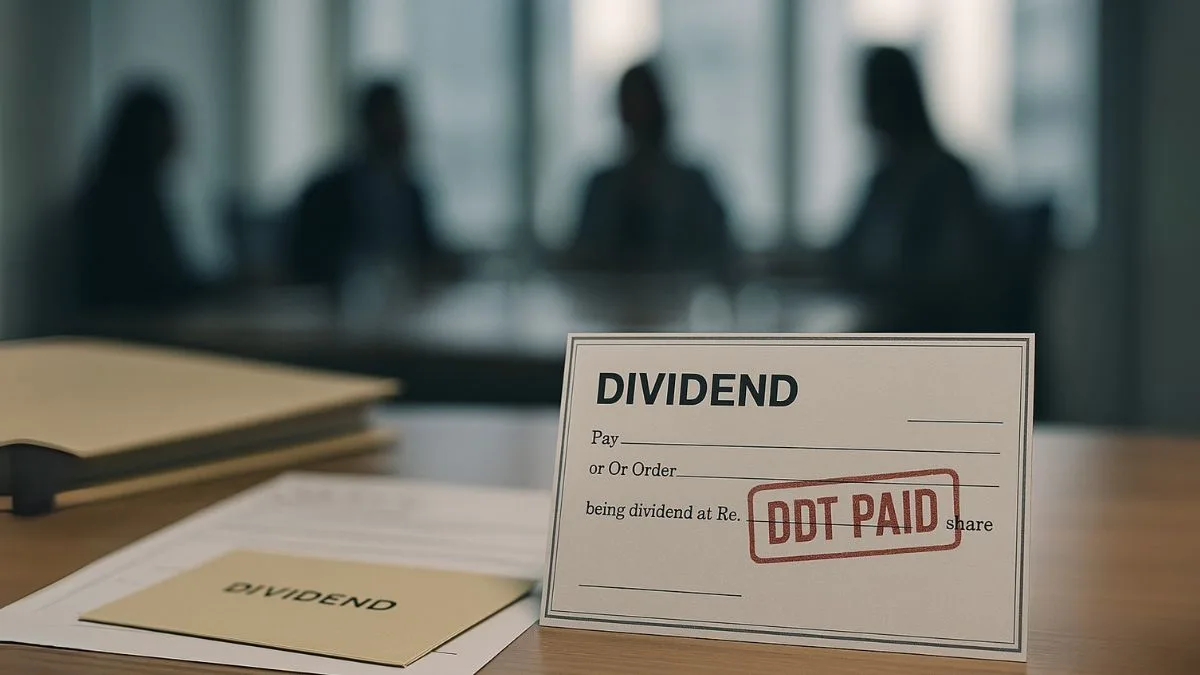
When it comes to capital gains taxation in India, one of the most crucial elements is the cost of acquisition. Without it, you cannot compute the correct capital gain or loss. But what happens when you acquire an asset not by purchase, but through gifts, inheritance, or other means where no money changes hands? This is where Section 49(4) of the Income Tax Act comes into play.
This provision defines guidelines for establishing the acquisition cost of capital assets in such cases. It ensures uniformity, fairness, and prevents ambiguity in tax computation. In 2025, with more people inheriting properties, receiving gifts, & transferring family-owned assets, Section 49(4) remains more relevant than ever.
What is Section 49(4) of the Income Tax Act?
Section 49(4) of the Income Tax Act states that when a capital asset is acquired by way of certain modes (such as gifts, wills, inheritance, amalgamation, or partition of a Hindu Undivided Family), the cost of acquisition for the current holder shall be deemed to be the cost at which the previous owner acquired it.
This principle ensures that the tax system looks at the original investment made for the asset, not just the fact that the current owner received it without payment.
In simple words, if you inherit a property your father bought for ₹10 lakh, & later sell it for ₹1 crore, your cost of acquisition will be ₹10 lakh (plus indexation benefits), not zero.
Why Section 49(4) Matters
The importance of Section 49(4) lies in:
- Fairness in taxation: Prevents people from showing “zero cost” and artificially inflating capital gains exemptions.
- Continuity of ownership: Treats the current owner as a continuation of the previous owner for tax purposes.
- Clarity in disputes: Gives a clear rule to calculate cost in transfers that are not sales.
For taxpayers, this means accurate reporting & avoiding unnecessary penalties.
Also Read: Decoding Cost of Acquisition and Improvement
Modes of Acquisition Covered Under Section 49(4)
The provision applies when assets are received through:
- Gift (without consideration).
- Will or inheritance.
- Distribution of assets on partition of a Hindu Undivided Family.
- Amalgamation or demerger of companies.
- Transfers to trusts or institutions in specified cases.
In all these cases, the previous owner’s cost of acquisition becomes your cost of acquisition.
Example of Section 49(4) in Action
Let’s take a practical scenario:
- Mr. A bought land in 1995 for ₹5 lakh.
- He gifted the land to his son, Mr. B, in 2020."
- Mr. B sells the land in 2025 for ₹80 lakh.
Here, under Section 49(4):
- Cost of acquisition for Mr. B = ₹5 lakh (the amount Mr. A paid).
- Indexed cost = adjusted for inflation using Cost Inflation Index.
- Capital Gain = Sale Price – Indexed Cost.
This ensures taxation is based on real investment history, not on the nature of transfer.
Also Read: Capital Gains, Inherited Property & Cost of Acquisition Explained
Capital Gains Calculation Under Section 49(4)
When an asset covered under Section 49(4) is sold, the capital gain is computed as:
Capital Gain = Sale Consideration – Indexed Cost of Acquisition – Indexed Cost of Improvement – Expenses on Transfer
Where “Indexed Cost of Acquisition” = cost paid by the previous owner, adjusted for inflation up to the year of sale by the current owner.
This formula ensures both accuracy & fairness in taxation.
Relation with Exemptions and Deductions
While Section 49(4) defines how to compute cost, taxpayers may also claim exemptions under other provisions if eligible, such as:
- Section 54 (exemption on reinvestment in residential property).
- Section 54EC (investment in specified bonds).
- Section 54F (reinvestment in property when selling non-residential assets).
Thus, Section 49(4) sets the foundation for gain calculation, after which exemptions can be applied.
Real-Life Case Study
Mrs. Sharma inherits a house from her father, who bought it in 1980 for ₹2 lakh. In 2025, she sells the house for ₹1.2 crore.
- Cost of Acquisition = ₹2 lakh (as per her father’s purchase price).
- Indexed Cost (1980 to 2025) = adjusted to approximately ₹25 lakh.
- Sale Price = ₹1.2 crore."
- Capital Gain = ₹95 lakh.
Without Section 49(4), Mrs. Sharma may have shown zero cost, leading to an inflated gain of ₹1.2 crore. With the section, her tax liability is based on fair, logical grounds.
Key Points to Remember
- Section 49(4) applies only when assets are received through specific transfers like gift, will, inheritance, etc.
- Always use previous owner’s cost of acquisition as the base for capital gains calculation.
- Apply indexation benefits to that cost to reduce taxable gains.
- Keep documentary proof of the original acquisition, as the tax department may ask for it.
Also Read: Section 49(1) of Income Tax Act – Cost of Acquisition Rules
Advantages of Section 49(4)
- Ensures fairness by avoiding zero-cost taxation.
- Protects taxpayers from paying inflated taxes.
- Provides clarity in computing capital gains on inherited/gifted assets.
- Aligns with global practices where inherited property is taxed on previous owner’s cost basis.
Conclusion
Section 49(4) of the Income Tax Act plays a vital role in ensuring fair taxation of capital assets received by gift, inheritance, or other specified transfers. By carrying forward the cost of acquisition from the previous owner, it creates transparency & prevents inflated tax liabilities.
For taxpayers, especially in 2025 where asset inheritance & family property transfers are more common, understanding Section 49(4) is essential to file accurate returns & avoid disputes.
👉 Want expert guidance on capital gains calculation, inheritance tax planning, or exemptions under Section 49(4)? Visit Callmyca.com and let our tax professionals simplify the process for you.











